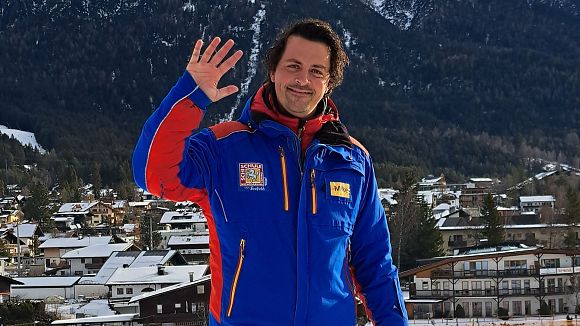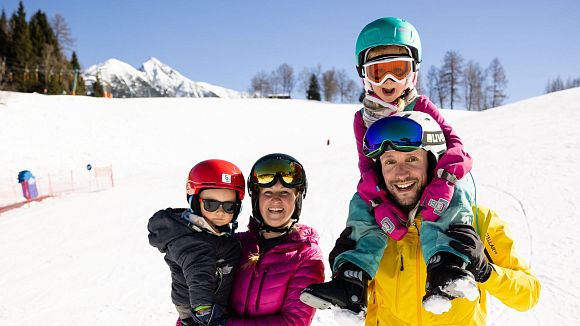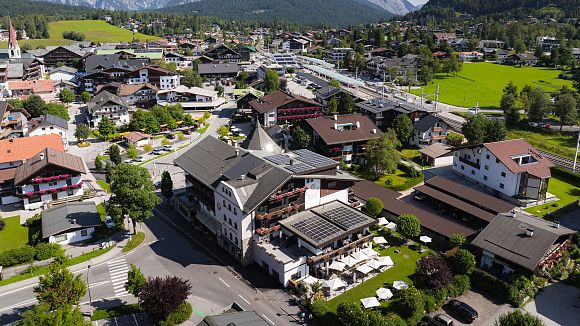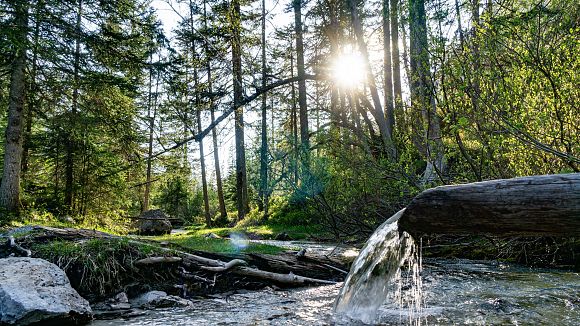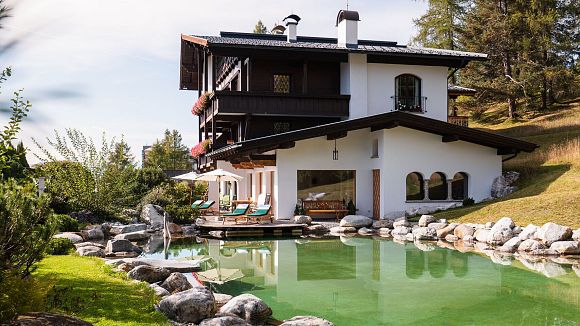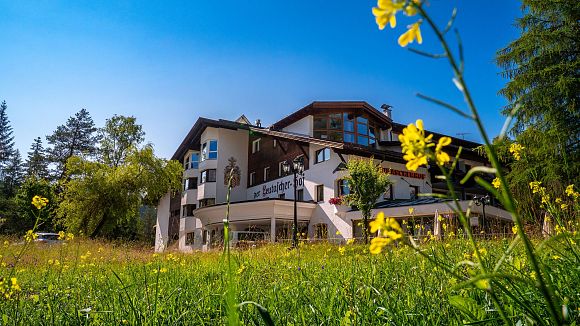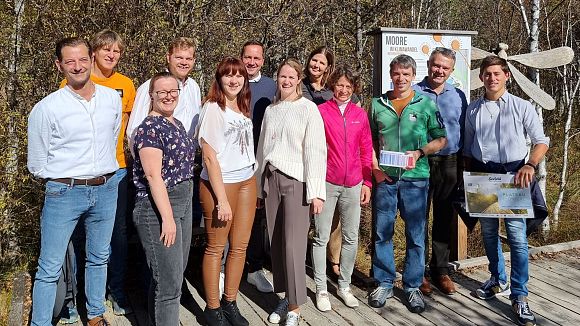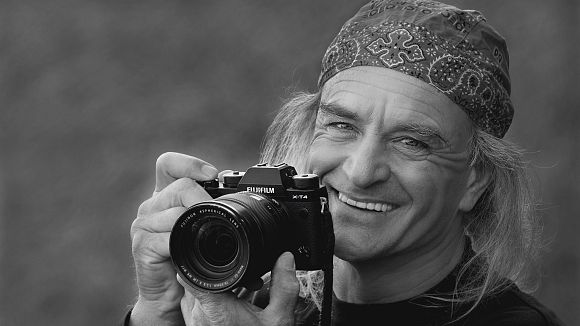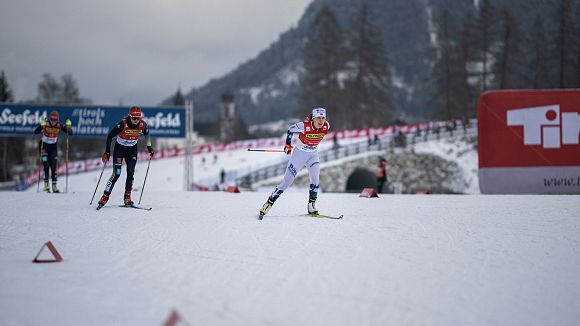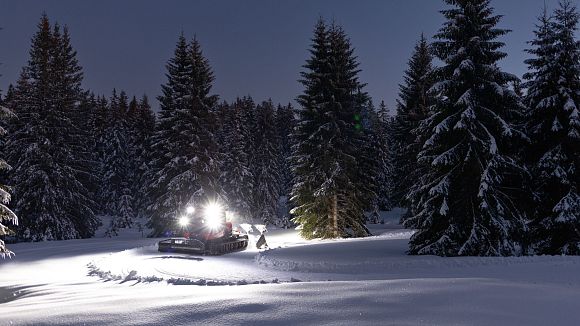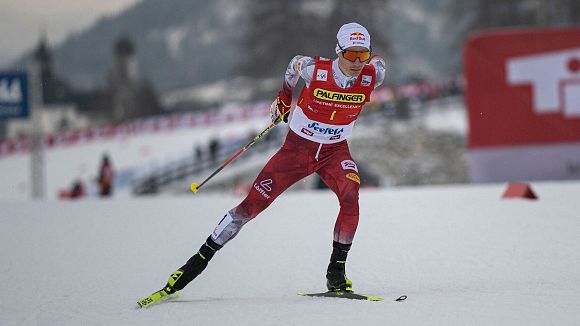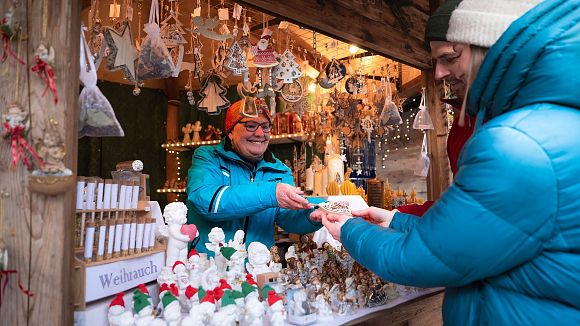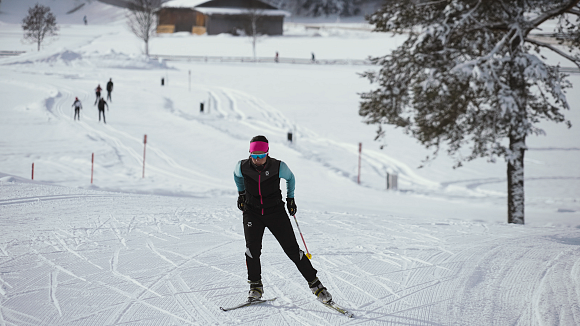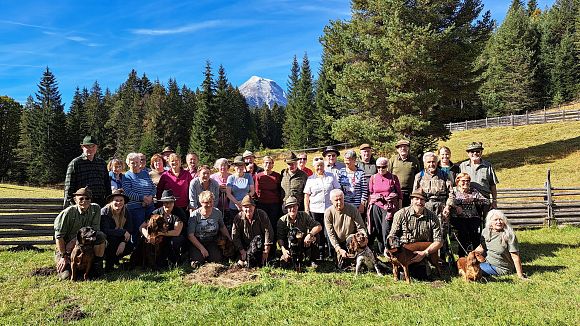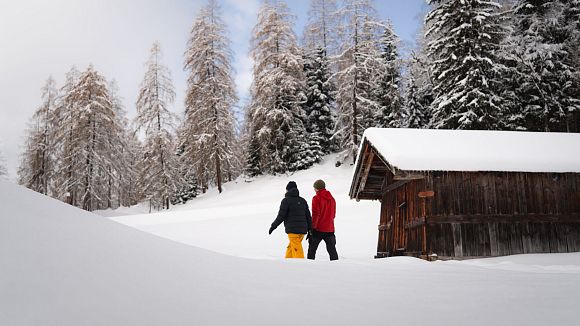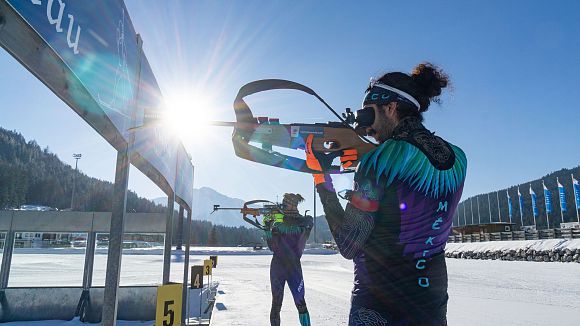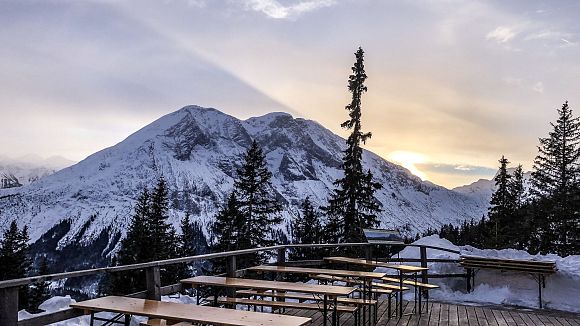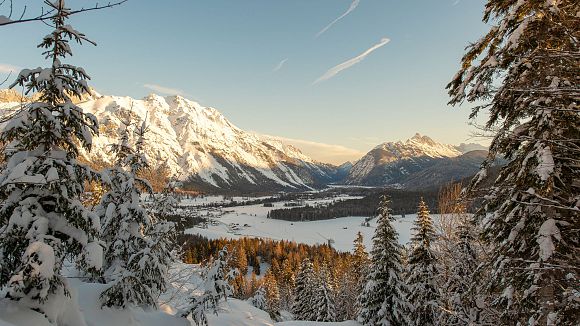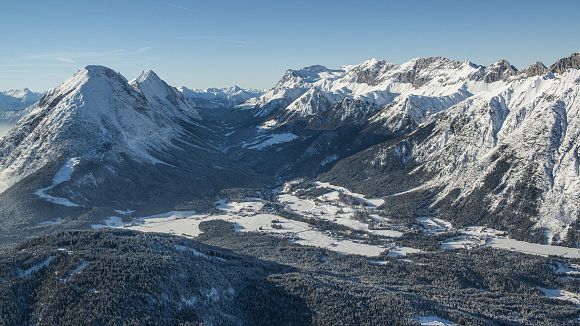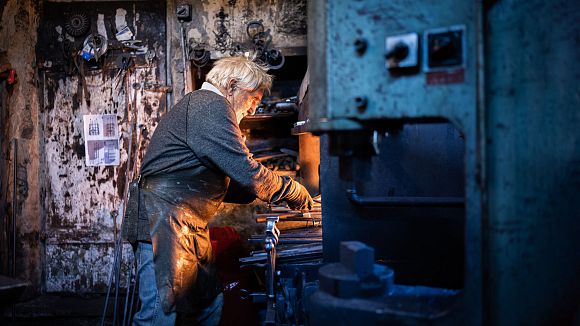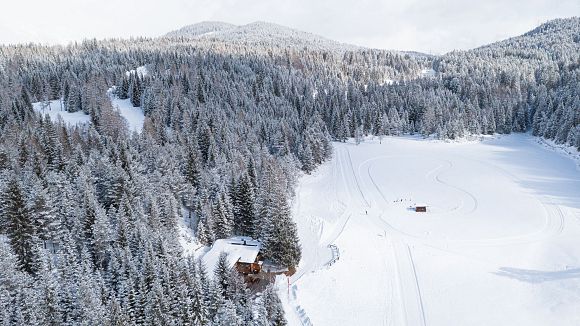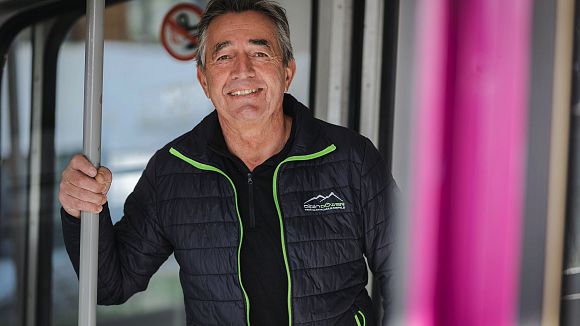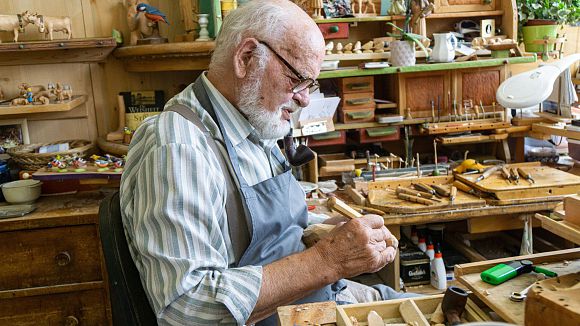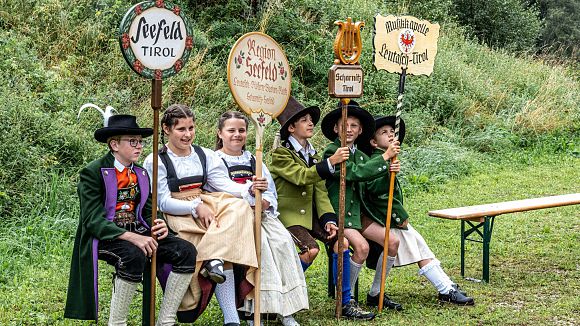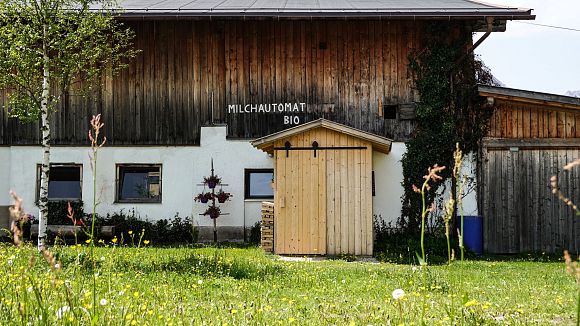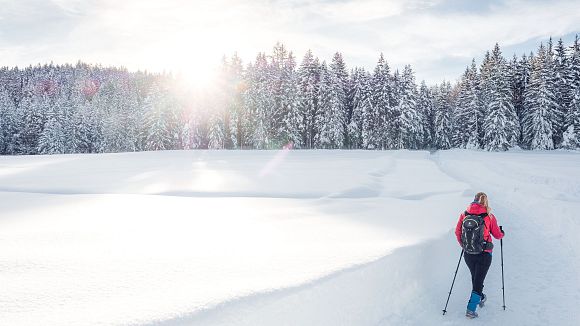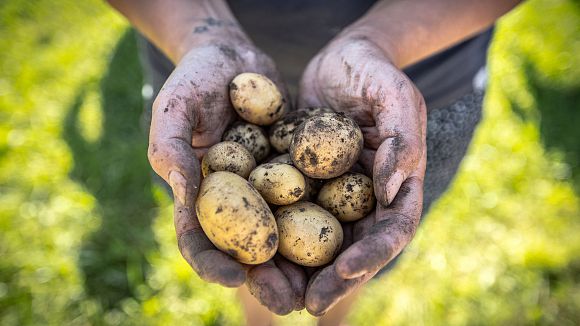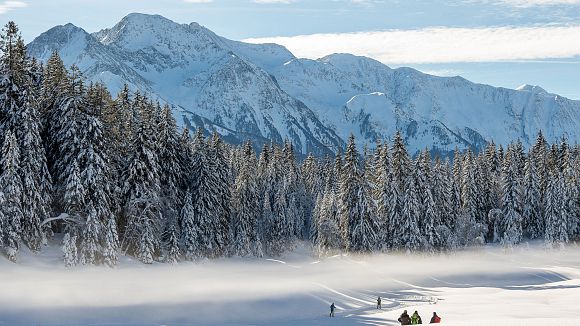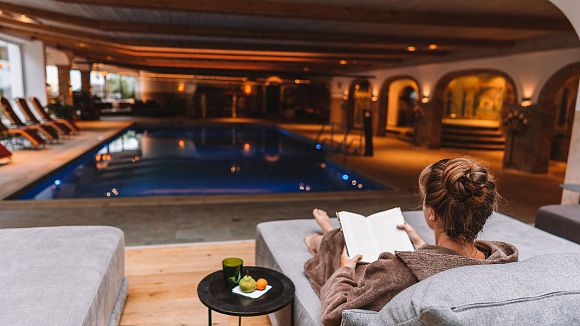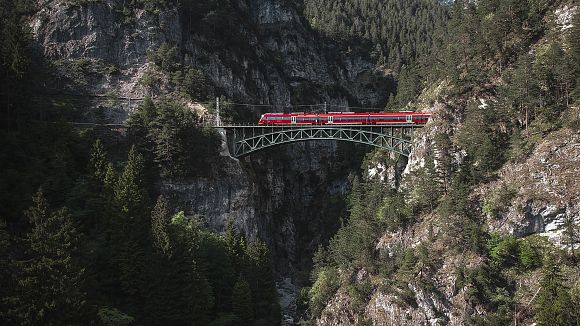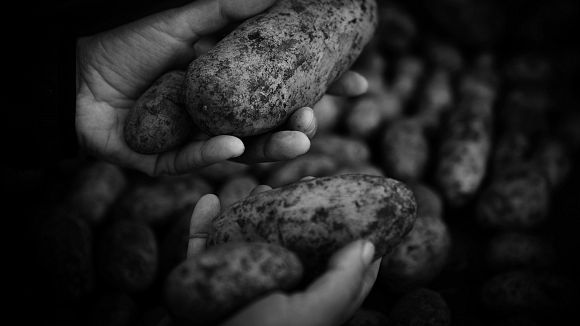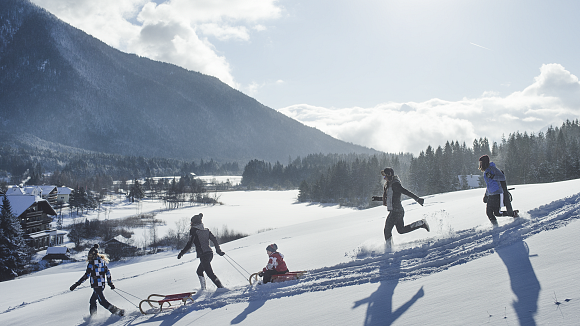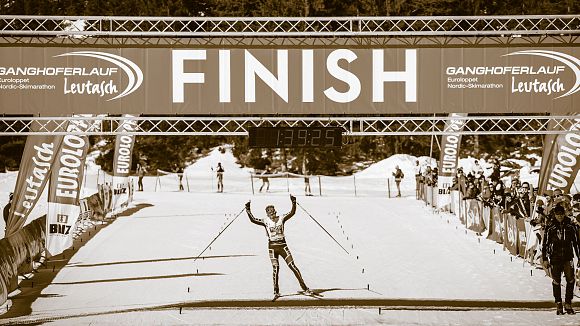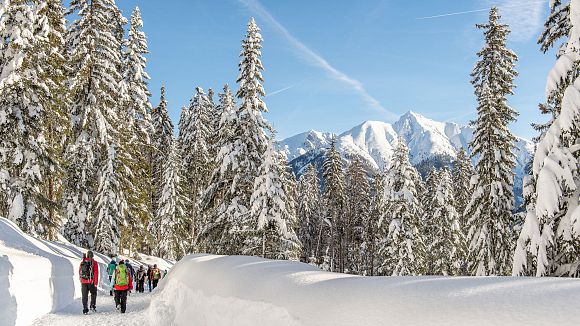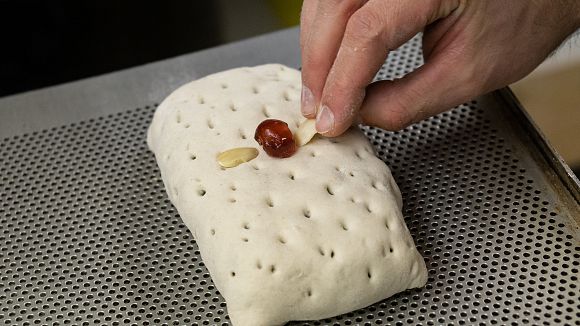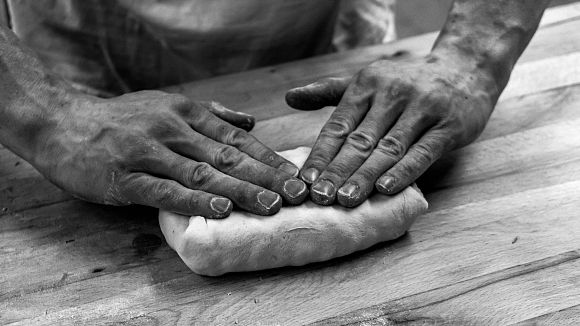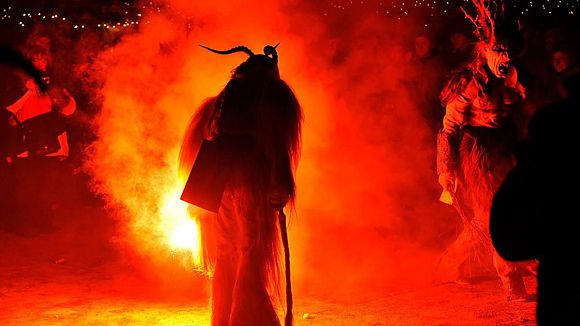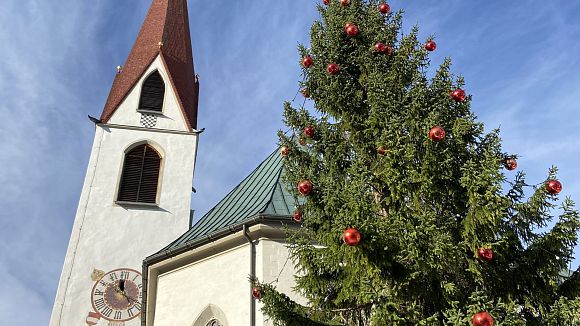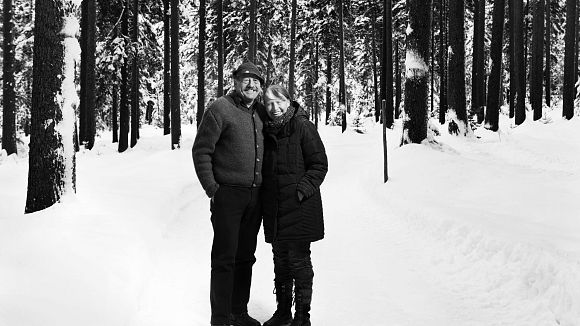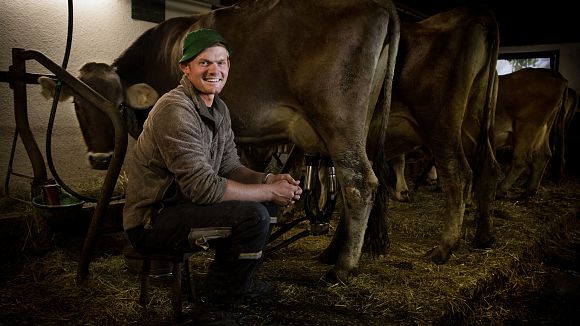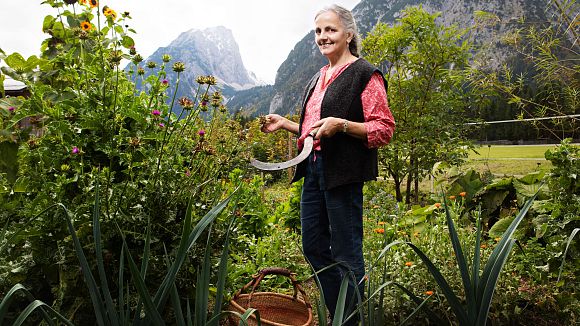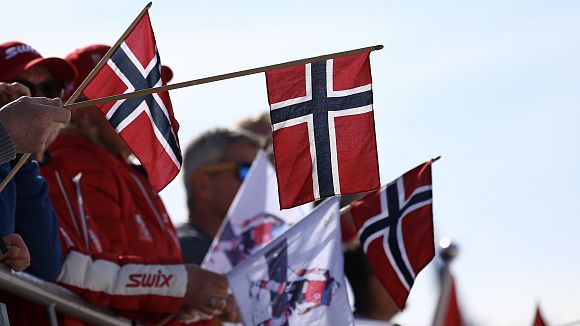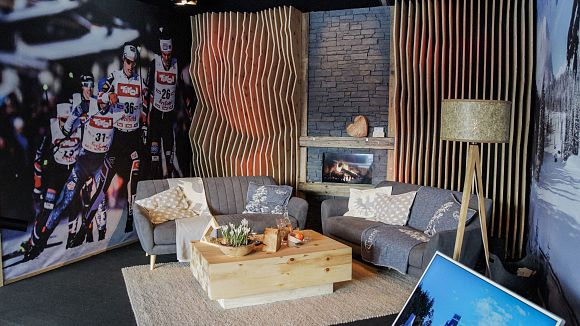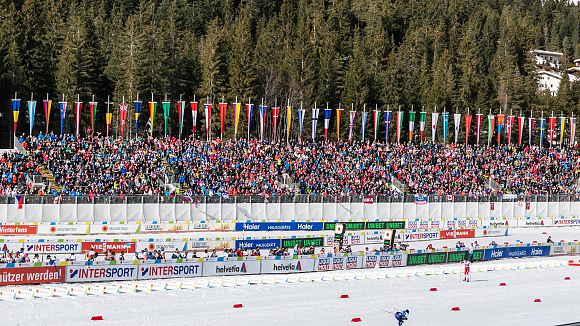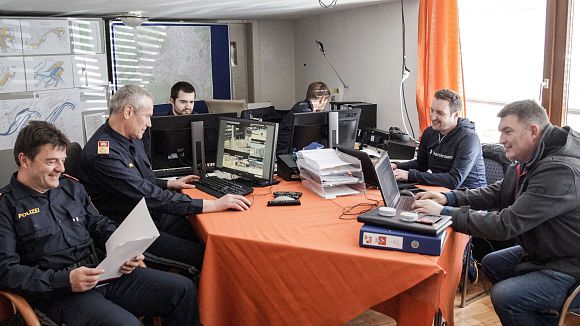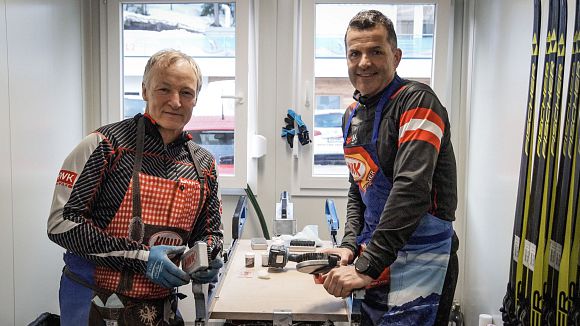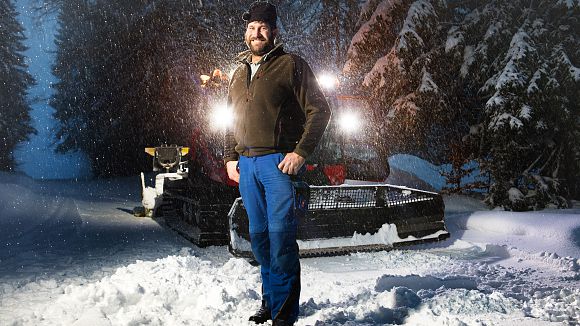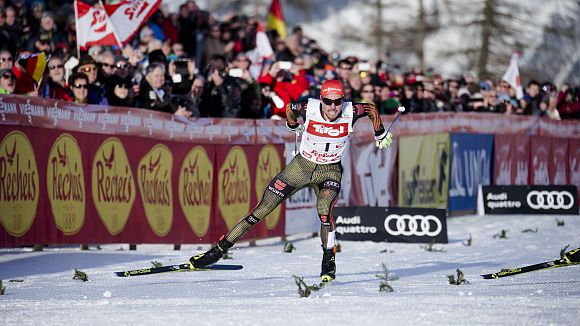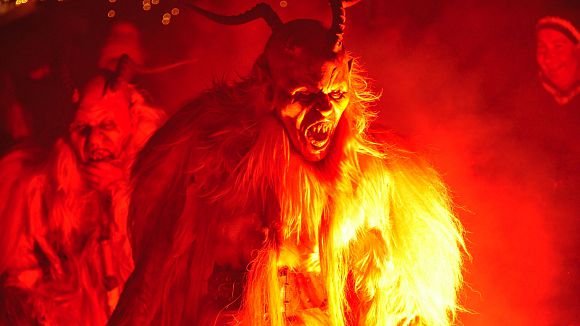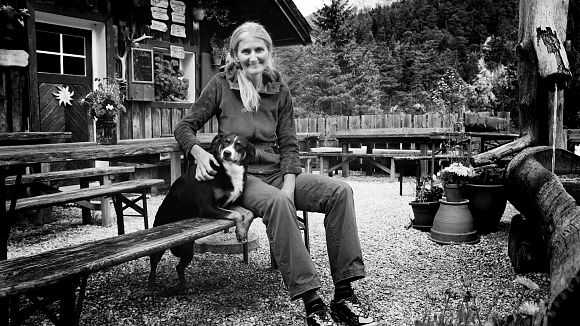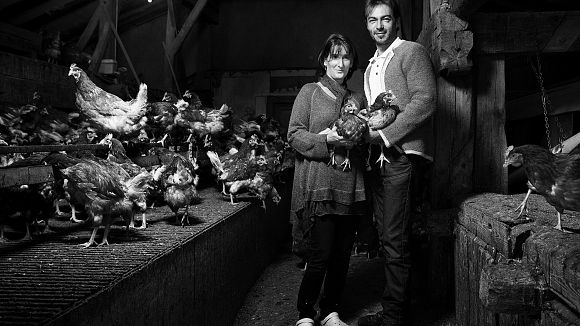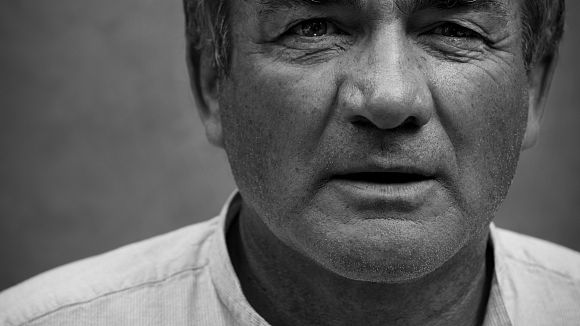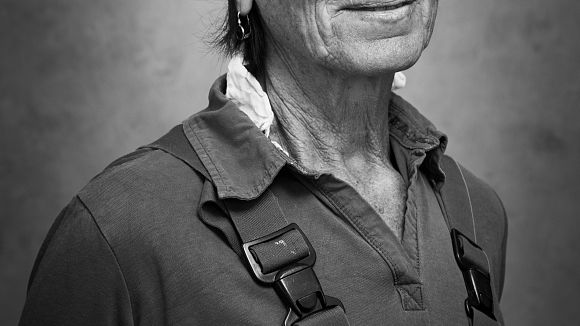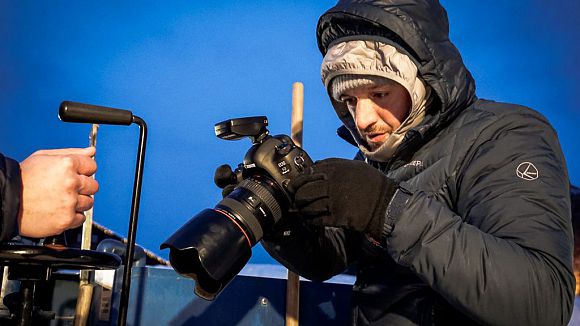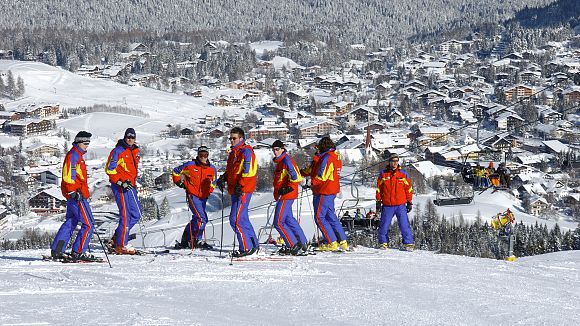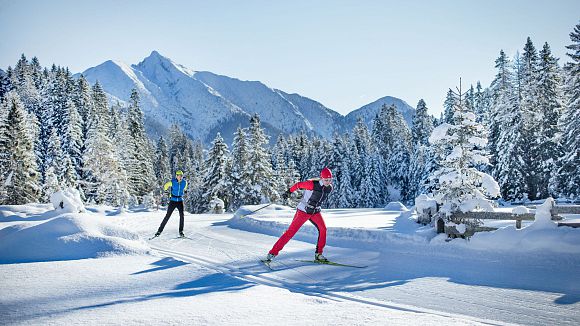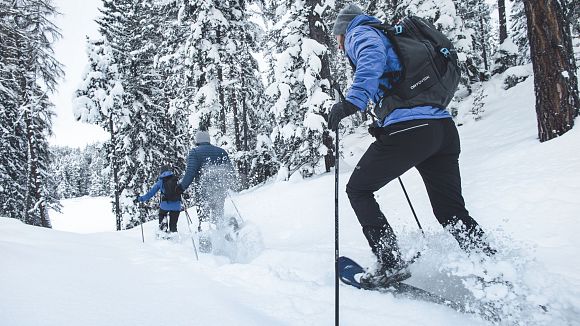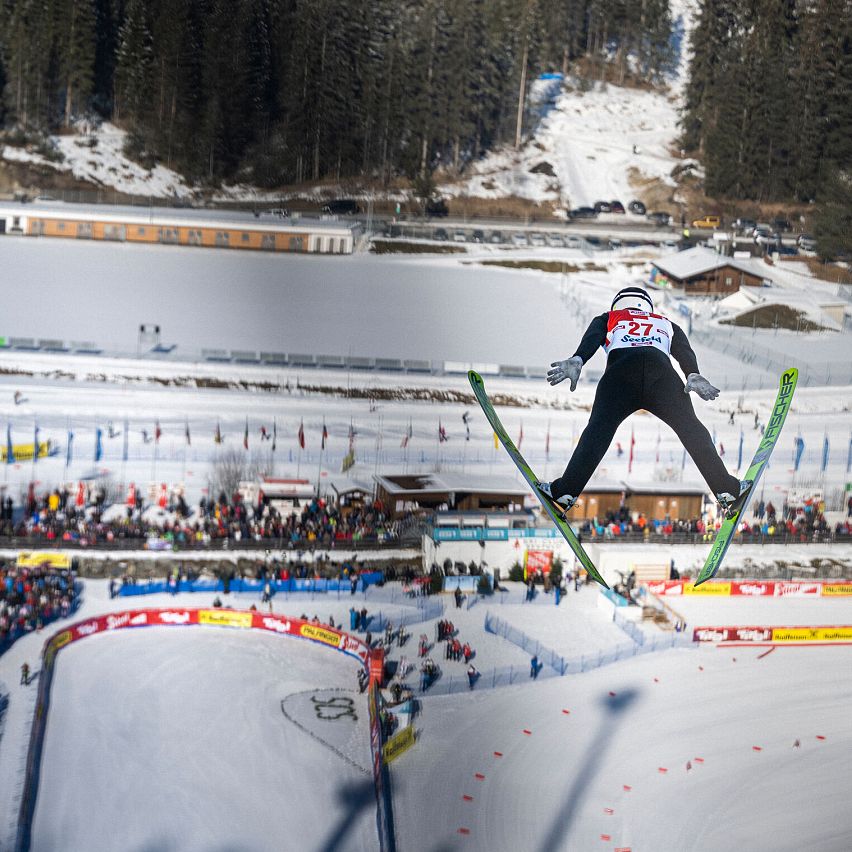
von Kathrin Ebenhoch
January 30, 2024
Austria and the history of Nordic combined
Cleverly combined
On the first weekend in February, the 11th Nordic Combined Triple in Seefeld in Tyrol will once again thrill the crowds with the best Nordic combined athletes. Last year, local hero Johannes Lamparter finally claimed the long-awaited triple victory for Austria at the tenth anniversary and raved afterwards: "A day couldn't be better." And it was indeed a picture-perfect day for him and for the Nordic combined - with glorious weather, a fair and exciting competition and well-deserved winners from the three major combined nations of Austria, Germany and Norway. But how did this sport, which combines the two very contrasting individual sports of ski jumping and cross-country skiing and therefore fascinates athletes and fans alike, not only in Seefeld, actually come about? How has it developed to this day? And why is it so closely associated with Austria that the World Cup in Seefeld, as race director Lasse Ottensen confirmed at the press conference there, receives 25 per cent of the media attention of the entire winter?
Like all Nordic sports, the combination has its origins in Norway, where the first competitions at the Husebybakken in Olso were documented as early as 1887. The first medals were awarded at the first Winter Olympics in Chamonix (France) in 1924 and the first world champions were crowned in 1925. Until 1955, the winners of the combined were determined by the individual results of special cross-country skiing and special jumping, and it was not until 1956 that independent competitions were established. However, this in no way means that the Nordic combined had a shadowy existence until then, quite the opposite. Until the 1930s, many nations only awarded their championship titles in the combined and not in the individual disciplines of ski jumping and cross-country skiing. The Nordic combined was regarded as the supreme discipline, and the combined skiers as the masters who dominated all aspects of Nordic winter sports. In recent decades, the discipline has lost some of its high status with the general public, as the ever-increasing jumps and flights of the specialised jumpers are too fascinating. However, experts and athletes still hold combined skiing in the highest regard.
"Just ski jumping or cross-country skiing was always too boring for me," says Lukas Greiderer, Olympic bronze medallist from Beijing 2022, for example. "As a child, you always do both anyway. And I'm still fascinated by the variety when you combine these two very different sports." So even in his eleventh World Cup year, his love for this sport continues to drive him on.
Austria's first World Championship medal: bronze in the Nordic combined
The enthusiasm for his sport probably also pushed the Styrian Harald Bosio to win the very first Nordic World Championship medal for Austria in 1933, a bronze medal in the Nordic combined. He also won this at the first Nordic World Ski Championships in Austria, which were held at the Bergisel in Innsbruck and on the cross-country ski trails in Seefeld. It would be an exaggeration to say that this laid the foundation for the impressive development of the combined in Austria. After all, major international success did not come again until the end of the 1980s with double overall World Cup winner Klaus Sulzenbacher and the Olympic and world champions Felix Gottwald, Mario Stecher, Bernhard Gruber and co in the 2000s. Nevertheless, this first medal seems very fitting for all the decisive steps that have been taken for Nordic combined in Austria over the past 40 years.
For example, the very first men's Nordic Combined World Cup took place in Seefeld on 17 December 1983. The Gundersen method also celebrated its premiere in this first World Cup competition. And the women also made their World Cup debut 37 years later in Austria, on 18 December 2020 in Ramsau at Dachstein. Seefeld and Ramsau host the World Cup every year and are also responsible for three Nordic World Ski Championships (Seefeld 1985 and 2019, Ramsau 1999).
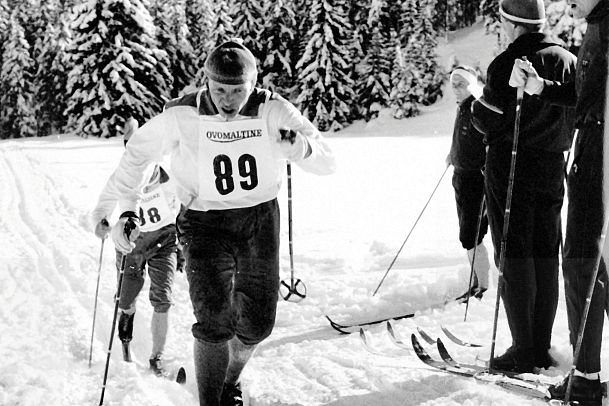
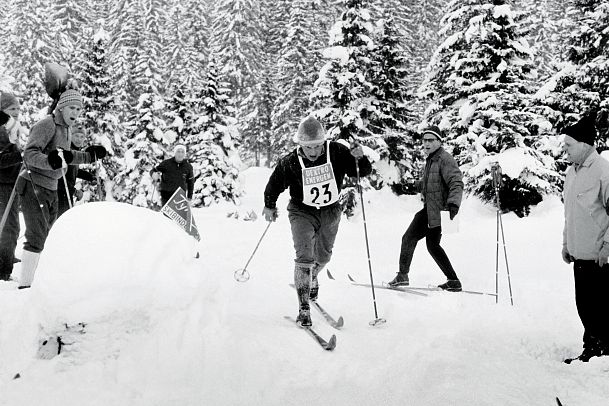
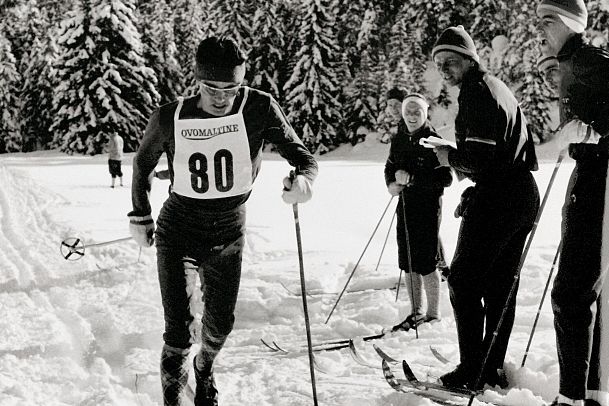
Big changes
A major change was in the offing in 1985. "The Siitonen step, the precursor to the skating technique we know today, was skated for the first time at international competitions," recalls Günter Csar, himself an Olympic and World Championship medallist in the combined, coach and official. "At that time, it was still a grey area, as there were no regulations yet." After those athletes who used the new technique were faster in the individual races, almost all of them abandoned the classic technique in the team competition. "As a result, the free technique was enshrined in the combined regulations in the following World Cup year."
This was not the only major innovation that originated in Austria. The provisional competition jump (PCR) was also made in Seefeld for the first time. In January 2008, very difficult conditions were forecast for the second day of the competition. "We sat down with race director Ulrich Wehling," remembers the then head of the organising committee Werner Frießer. "A foehn storm was forecast for Sunday, while the conditions on Saturday were perfect." Without further ado, TV stations and teams were informed that another jump would be held on Saturday in order to have a jump in the bag (narrow pocket) for Sunday's race if necessary. In fact, it was impossible to jump on Sunday, so the provisional competition jump from Saturday, which was still known as the "pocket jump" at the time, was counted. "It was included in the regulations for the next season." And has already saved many a wind-blown competition.
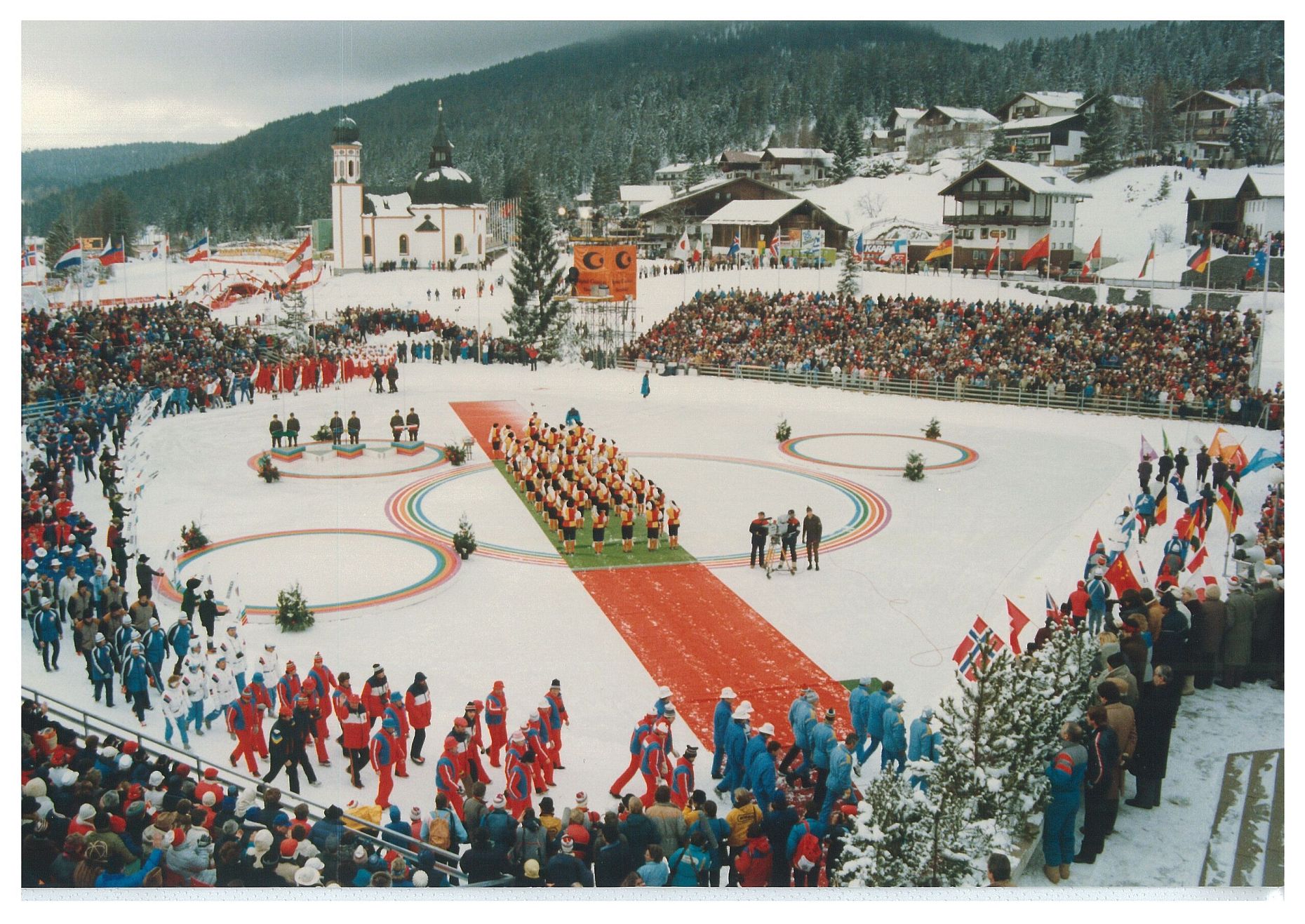
The Nordic Combined Triple - a legendary format
However, the most significant innovation, which also began in Seefeld, is probably the Nordic Combined Triple. For the past eleven years, it has become for Nordic combined athletes what the Four Hills Tournament is for specialised ski jumpers. Its story began in 2013, when a group led by Werner Frießer, then head of the Organising Committee, and Ernst Vettori, then Nordic Sports Director of the Austrian Ski Association (ÖSV), considered how the World Cup in Seefeld could become a real highlight of the season for the Nordic combined. "Our first thought was to organise three competitions at three different venues, similar to the Tour," recalls Frießer. However, various obstacles made this unfeasible. As an alternative, the new triple format was created in just one location, which celebrated its premiere in 2014. Since then, the unique World Cup event has taken place every year, nine times in Seefeld and once in Chaux-Neuve (France) in 2019, the year of the World Championships. The eleventh edition in Seefeld begins these days, on the 1st of February 2024.
Triple refers to the three days on which a Nordic combined competition takes place and not to three different sports. Originally, it included all Nordic combined formats - a jump from the HS-109-metre hill followed by a 5-kilometre sprint on day one, the classic 10-kilometre Gundersen race on day two and the traditional 15-kilometre Gundersen variant on day three. "We have made adjustments over the years," explains Frießer. Today, the cross-country races cover 7.5 kilometres on day one, 10 kilometres on day two and 12.5 kilometres on day three. But the highlight of the triple has remained the same: The winner will only be decided after the third cross-country race on Sunday afternoon. This is done by incorporating the results from the previous day into the current starting order so that the overall winner crosses the finish line first at the end of the third cross-country race.
For athletes and spectators, this is exactly what makes the triple so appealing. "The format is very interesting, and excitement is definitely guaranteed. It's a really great, but also exhausting weekend for us athletes," explains double world champion and triple winner Johannes Lamparter. He watched the first Triples on TV as a young athlete and now, in 2023, to win here is "madness". "Everyone dreams of this victory. Alongside the world championship title and winning the Olympics, it's the big goal of every combined athlete."
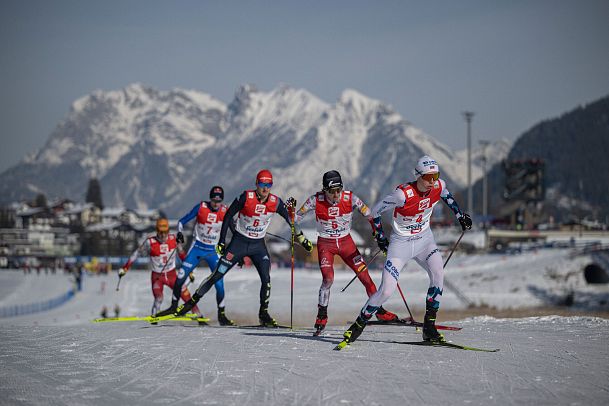
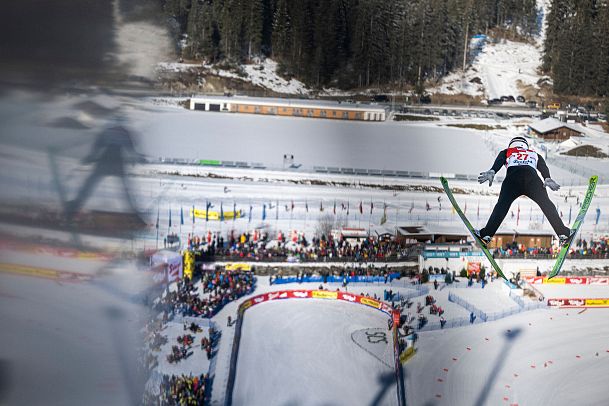
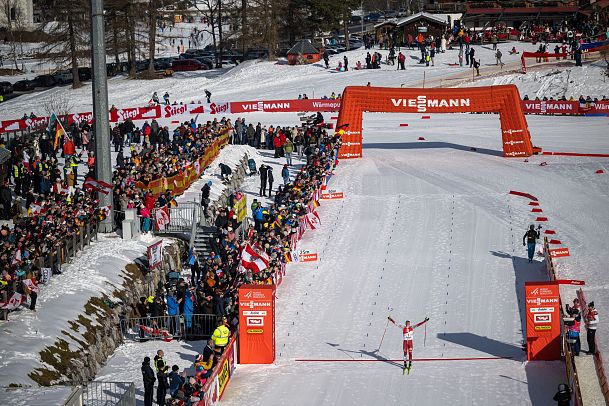
From the past into the future
Austria, and Seefeld in particular, is closely linked to the past and the development of Nordic combined. The Austrian Ski Association would therefore also like to help shape the future of this special sport. Ernst Vettori would like to see the Nordic Combined Triple as the USP of Nordic combined. "For both the men and the women." The ÖSV and Seefeld Ski Club have sent a strong signal by adding two women's World Cups to the triple in January 2023. Ski Club Chairwoman Jacqueline Stark: "This was very important to us, especially in view of the IOC's decision not to include the women's event in the 2026 Olympic programme." The aim is to continue the development that began in 2014 with the first women's competitions in Oberstdorf (Bavaria) and continued with the 2020 World Cup debut in Ramsau until the big goal of the 2030 Olympics. The first individual competition at the 2021 World Championships in Oberstdorf and the first mixed team competition at the World Championships in Planica (Slovenia) on the 26th February 2023 were also important steps in this direction.
Since the first Olympic Games in Chamonix (France) in 1924, Nordic combined has been regarded as the supreme discipline of Nordic skiing. 100 years later, however, its future is uncertain. Critical voices even see the men's competitions in the Olympic programme in danger from 2030. Nobody wants to allow such a historic turning point. That's why the athletes will be giving their all in the coming days (1 to 4 February 2024) at the men's Nordic Combined Triple and the women's double World Cup to showcase the combination at its best.
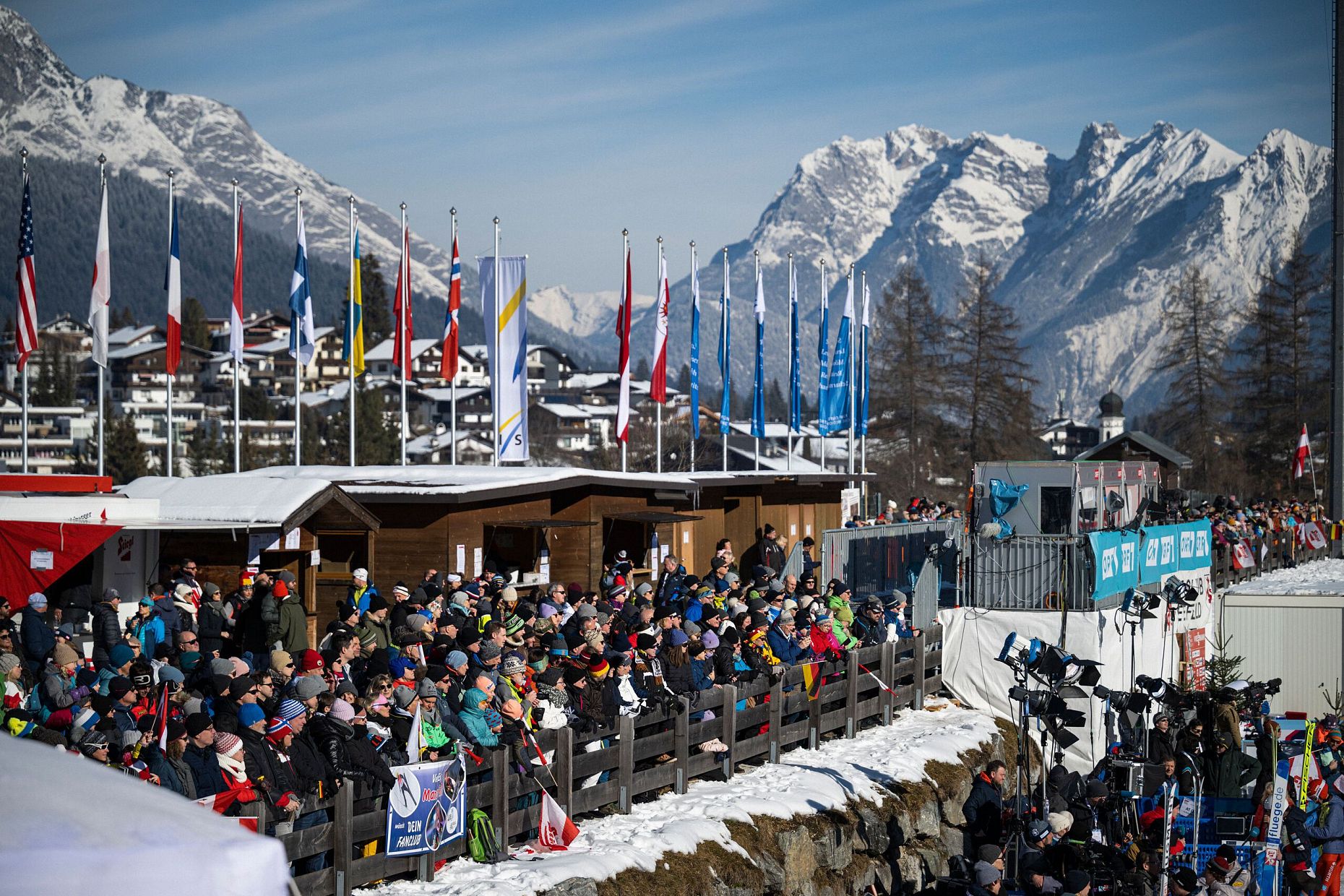
The historical data was taken from the following pages. They also contain further interesting details about the Nordic combined.
- https://de.wikipedia.org/wiki/Nordische_Kombination
- https://de.wikipedia.org/wiki/Olympische_Winterspiele_1924
- https://de.wikipedia.org/wiki/Nordische_Skiweltmeisterschaften_1933#Nordische_Kombination_Männer
- https://de.wikipedia.org/wiki/Liste_der_Olympiasieger_in_der_Nordischen_Kombination
- https://de.wikipedia.org/wiki/Liste_der_Weltmeister_in_der_Nordischen_Kombination
- https://de.wikipedia.org/wiki/Liste_der_Gesamtweltcupsieger_in_der_Nordischen_Kombination
- http://www.skisprungschanzen.com/DE/Schanzen/NOR-Norwegen/03-Oslo/Oslo/1181-Huseby/
- https://www.fis-ski.com/
You can find another exciting article on the general history of Nordic combined at:
Share
